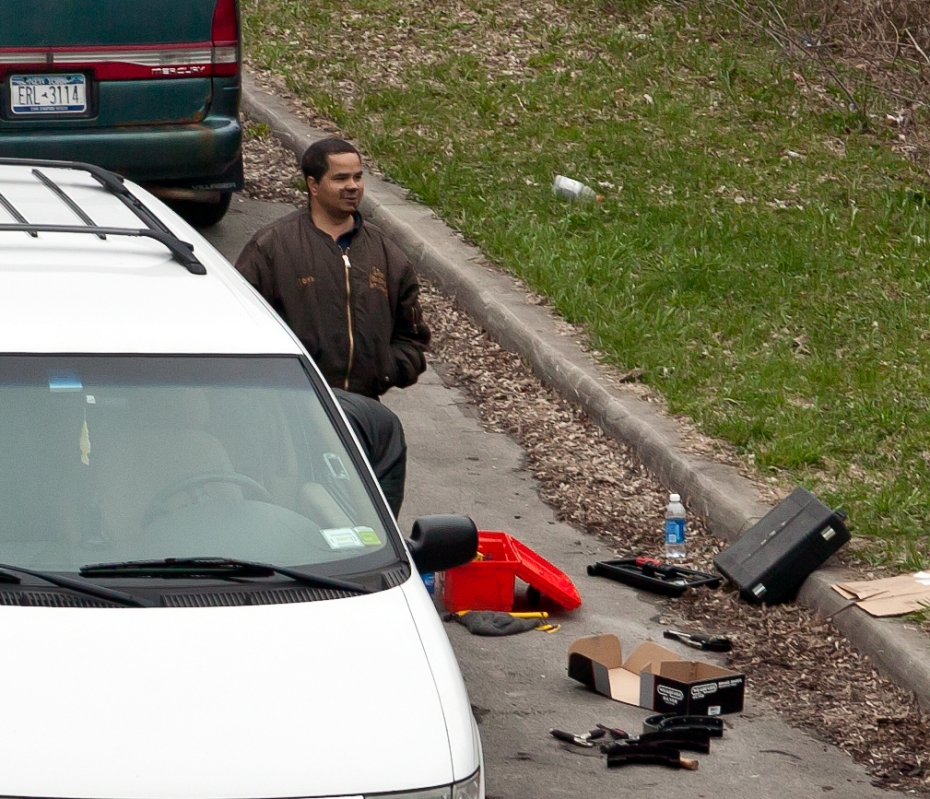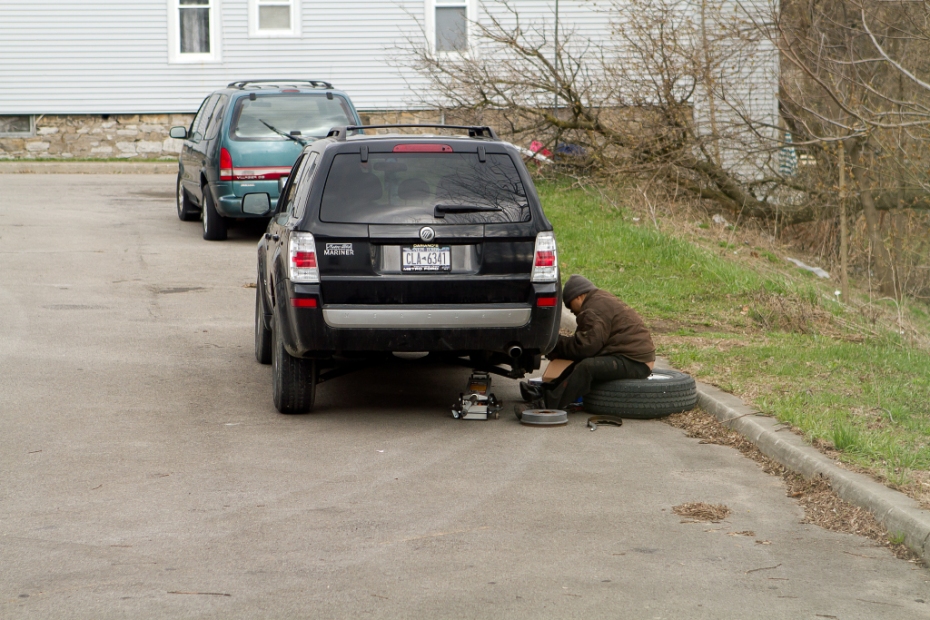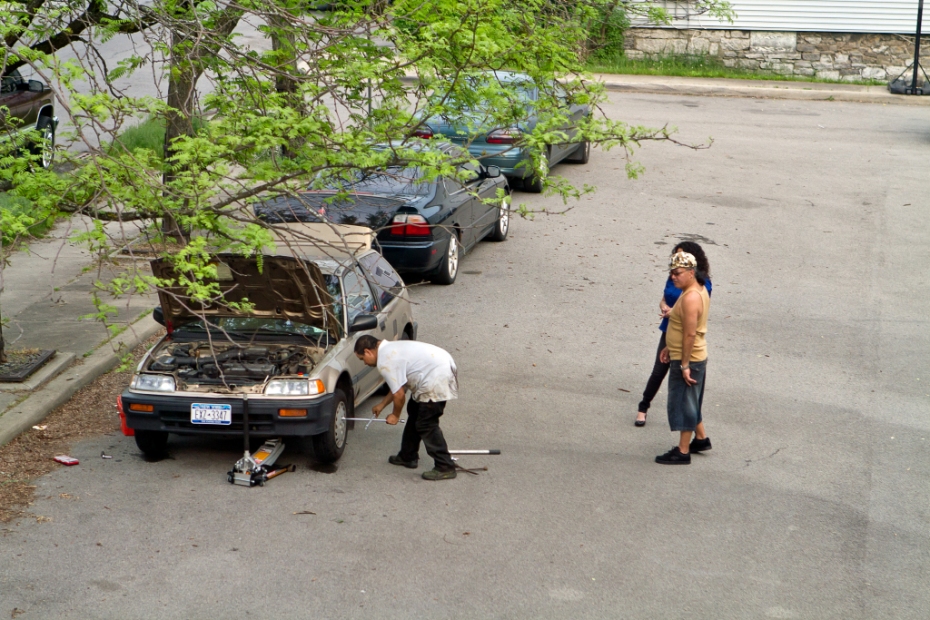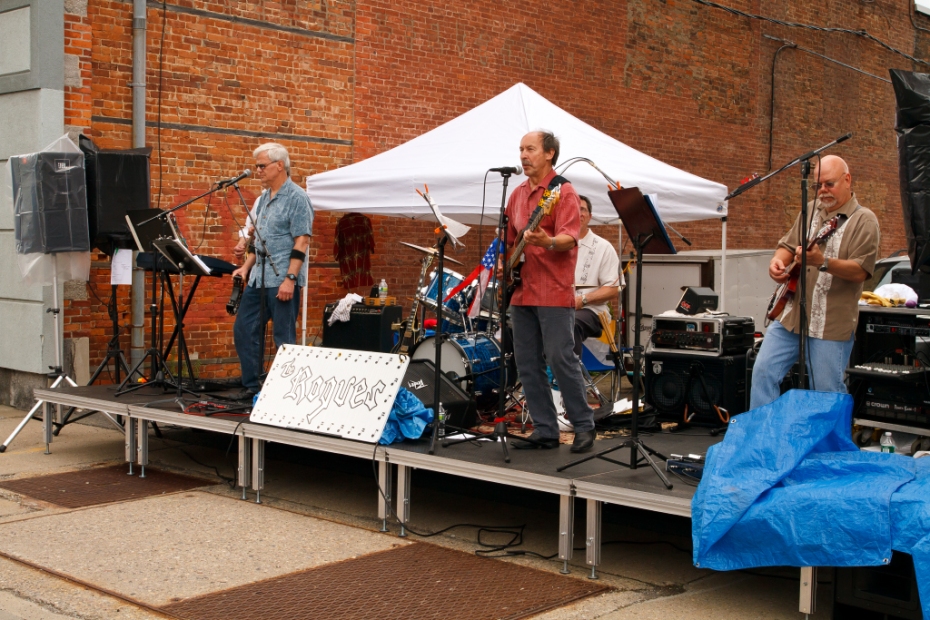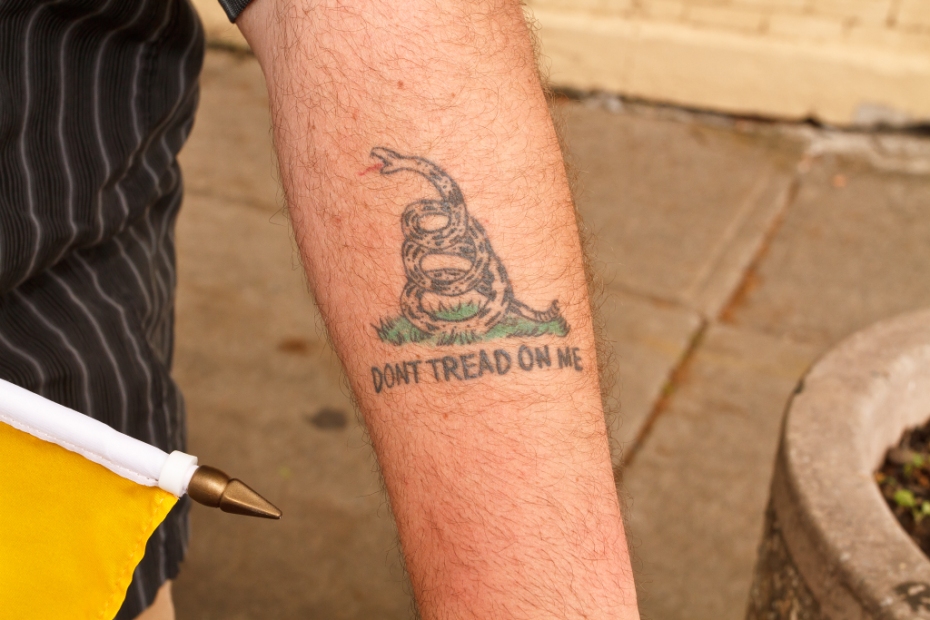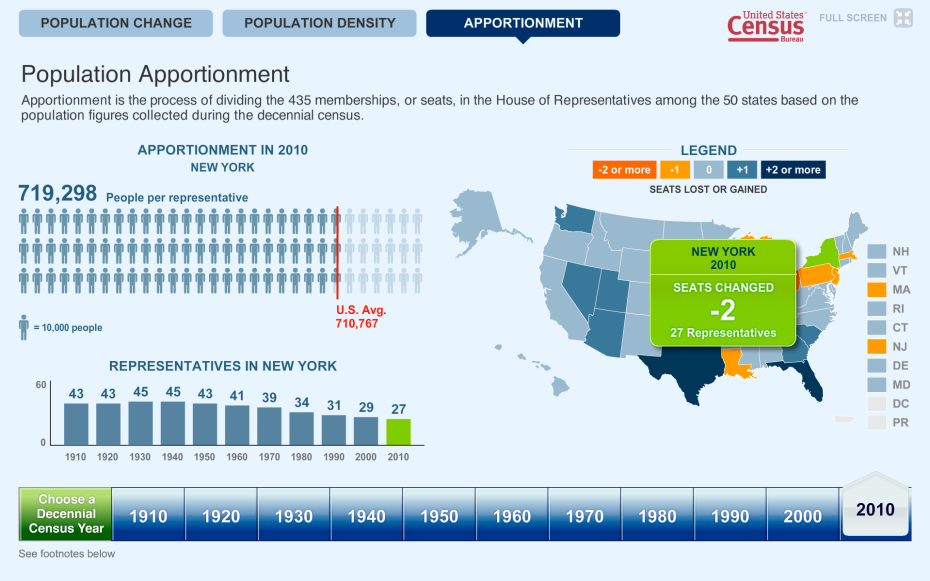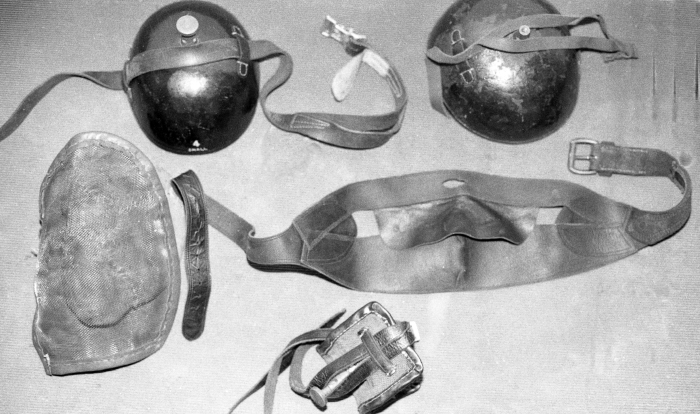The Incident
There is much misconception among the public about people’s right to photograph. This fact presented itself this weekend when two men from my neighborhood knocked on my door and asked if I was a photographer. When I answered yes, I was expecting an invitation to a neighborhood barbecue to take pictures. Instead I was barraged with accusations of illegally photographing one of the men through his bathroom window. “We seen you taking pictures from your window!” exclaimed one of the men. I explained that I take pictures of a lot of things from my window, but assured him that his bathroom window was not one of them. He then stated, “I don’t want you taking pictures of me, my house or my car!” He pointed to the gray apartment building across the parking lot in which he is a tenant. The owner of the building is an absentee landlord. I explained to him that I am free to take photos of anything I want, that I was not breaking any laws. He then became loud and starting shouting “Continue to take pictures and see what happens!” as he and his moral support starting walking back to the gray apartment building.
This man has not spoken two words to me in the two plus years that I have lived in my house. It is too bad that our first meeting was on bad terms. To prevent further escalation, I called the Amsterdam Police who sent a patrol car over to my house. The officer listened to my story and asked if I knew the men. All I knew was that they lived in the apartment house, didn’t even know their names. He stated there was nothing he could do, that the veiled threat was not enough to call for any charges. Then one of the two men stepped out of the apartment building and talked with the Officer while gesturing toward my house for about five minutes after which the Officer drove off.
Your Rights as a Photographer
You have the right to photograph anyone, adults or children, or anything as long as you are not violating anyone’s right to privacy. This right to privacy is defined as any area you would normally be free to remove your clothes or engage in intimate activities in a private area. In New York State, personal images are protected in part by NYS Civil Rights Law Article 5:
§ 50. Right of privacy. A person, firm or corporation that uses for advertising purposes, or for the purposes of trade, the name, portrait or picture of any living person without having first obtained the written consent of such person, or if a minor of his or her parent or guardian, is guilty of a misdemeanor.
So if you take photos of a kid playing baseball, you can’t sell or use the image as advertising without written consent from the parent or guardian. You can sell an image of the entire team playing, as long as exclusive rights have not been given to a specific photographer. You are free to use all these images for story telling or not for profit purposes.
And yes, you can shoot on private property if it is open to the public. That includes malls, retails stores, Starbucks, banks, and office-building lobbies. If you’re asked to stop and refuse, you run the risk of being charged with trespassing, but your pictures are yours. No one can legally take your camera or your memory card without a court order.
You can also shoot in subways and at airports. Airport security is regulated by the Transportation Security Administration, and it’s quite clear: Photography is A-OK at any commercial airport in the United States as long as you’re in an area open to the public.
Don’t let anyone tell you otherwise.
Here is a downloadable version of The Photographer’s Right.
Aftermath
I’m not going to stop taking pictures of my neighborhood. My street is dominated by rental units owned by absentee landlords. There are many code violations which I report on a regular basis using photographic evidence. There is also drug activity reported. The neighborhood can only improve with time as people become aware of what is acceptable behavior according to the standards set by State and Local Ordinance.
Example:
Ordinance 232-1, 232-4 Maintenance or repair of motor vehicles in residential areas.
The Common Council of the City of Amsterdam hereby finds that the storage or presence of abandoned, junked or inoperative motor vehicles or the repair of motor vehicles on private property, except at a duly licensed repair shop or vehicle dealership, creates a public and private nuisance and is harmful to the public health, safety and welfare. Such vehicles present a source of serious injury, particularly to children, seriously harm the aesthetic qualities of the City and tend to depreciate the value of properties in the neighborhoods of the City. The Common Council finds that the problem can be diminished by permitting the storage and/or repair of such vehicles only within a garage or other enclosed structure and only under the restrictions as set forth in this chapter.
It shall be unlawful for any person to perform automotive repair or maintenance on any motor vehicle in an area zoned for detached single-family or multifamily dwelling units in the City, except under the following condition: Any person may perform automobile maintenance or repair work on a currently licensed motor vehicle titled in his name or in the name of a member of his immediate family, provided that such work shall be done on the premises of his residence; and provided, further, that such work shall not be performed in violation of any other City ordinance.
Parking lot auto repair shop.
Multiple code violations and wheelchair taken from closed Park Hill Adult Home.



